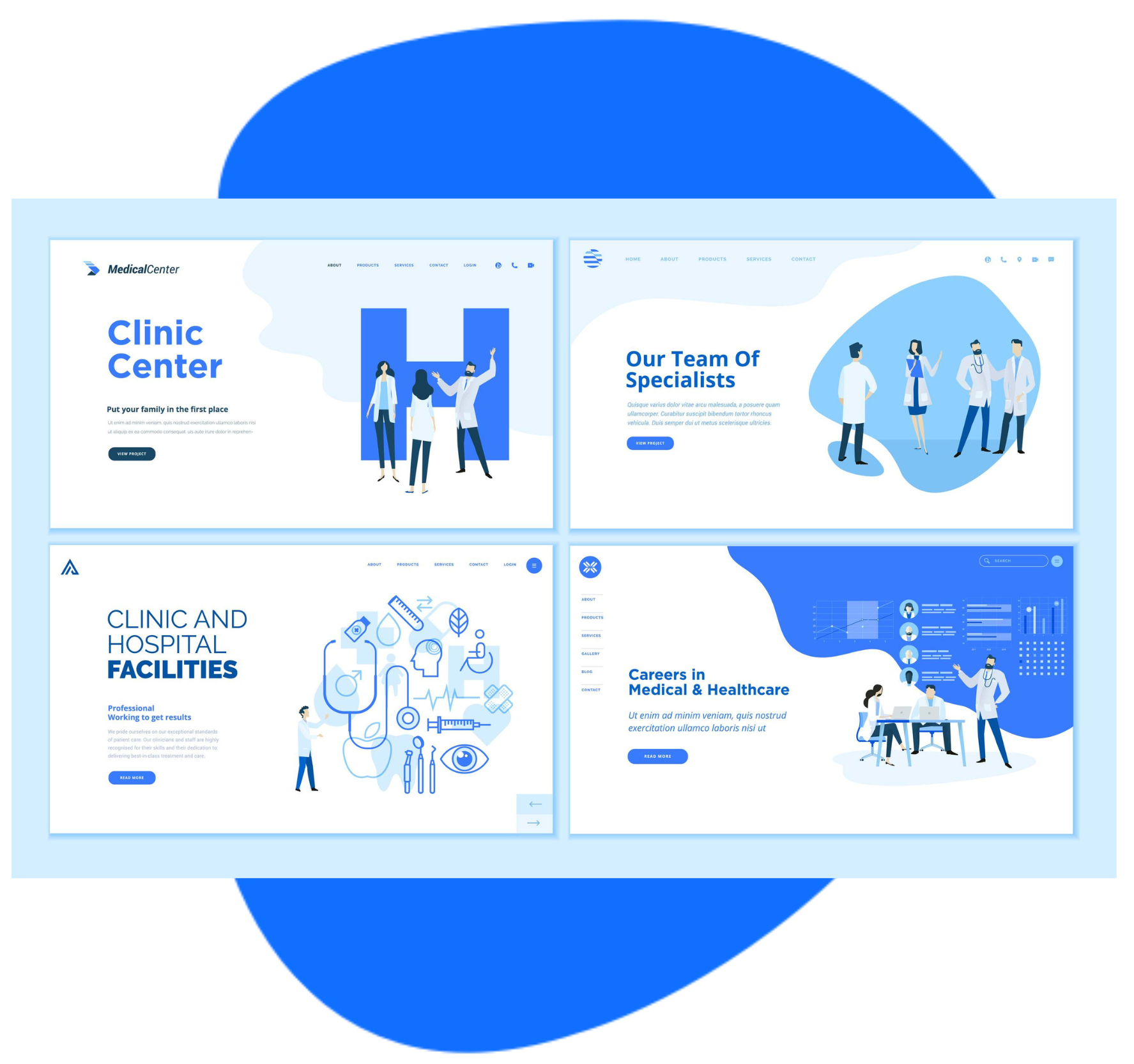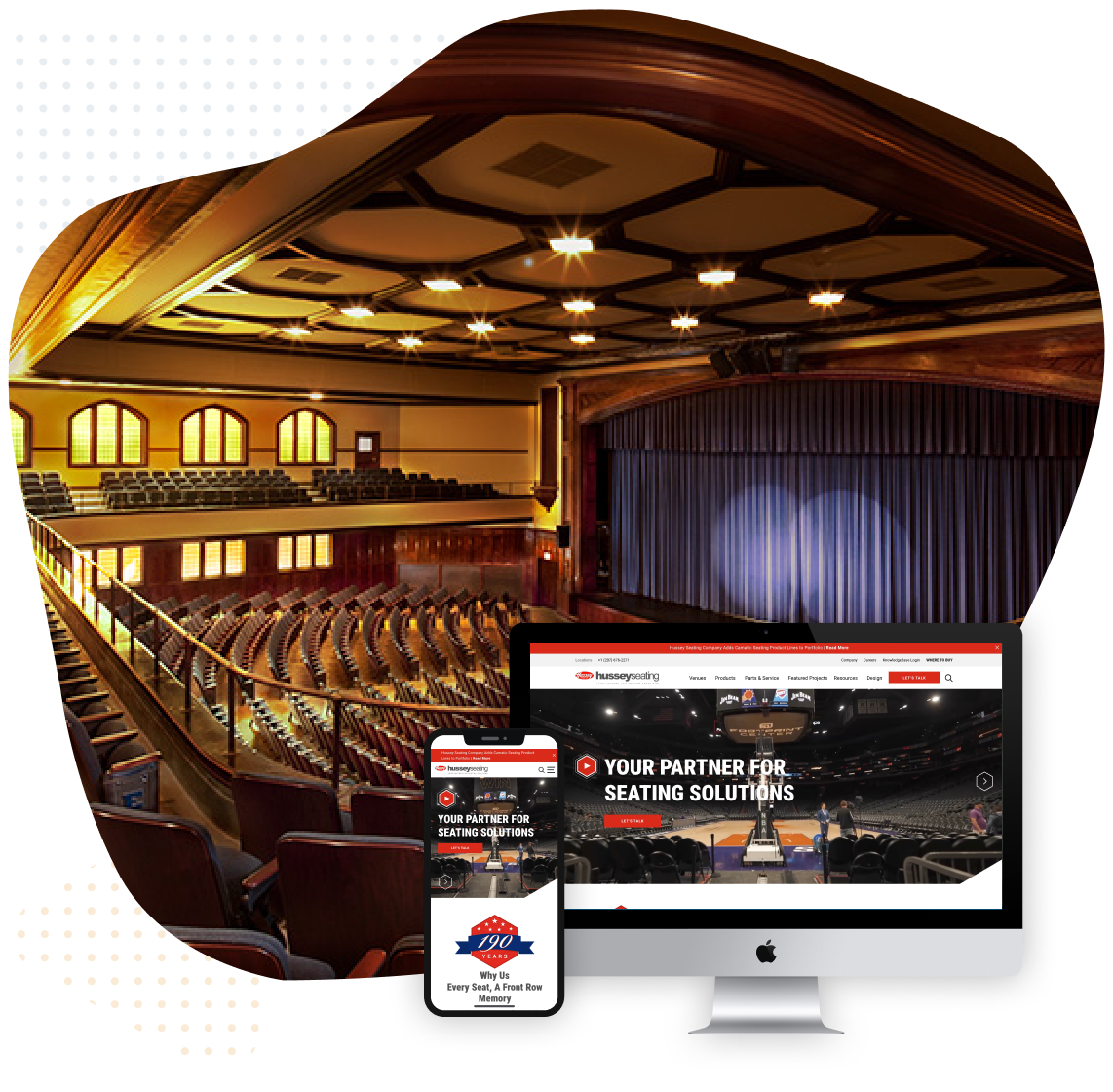As the world becomes increasingly mobile-centric, the smartphone has become an extension of our lives, empowering us with instant access to information, communication, and entertainment.
With the majority of online traffic originating from mobile devices, the need for mobile-first design has never been more pressing. Mobile-first design revolutionizes the way websites and applications are crafted, prioritizing seamless mobile experiences and paving the way for unparalleled user engagement.
To help you understand this better, we explore the essence of mobile-first design, uncover its pivotal role in today’s digital landscape, and unravel the key techniques to adapt to the smartphone era successfully.
Understanding Mobile-First Design
Mobile-first design is a responsive design approach that prioritizes the mobile user experience above all else. Rather than adapting a desktop design for smaller screens, mobile-first design starts with a clean slate, ensuring that every element is carefully crafted for mobile devices.
By putting mobile users at the forefront, businesses embrace a user-centric philosophy that resonates with today’s on-the-go audiences.
The Significance of Mobile-First in the Smartphone Era
Mobile Dominance: Smartphones have transformed the way we connect, shop, and consume content. The increasing ubiquity of mobile devices has led to a paradigm shift in online behavior, making mobile users the majority in the digital realm.
Enhanced User Experience: Mobile-first design enhances user experience on smartphones, creating a seamless and intuitive journey. Scrolling, tapping, and touch interactions cater to the natural behavior of mobile users, fostering engagement and reducing bounce rates.
Search Engine Favoritism: Search engines prioritize mobile-friendly websites in their rankings, ensuring a prominent position in mobile search results. Embracing mobile-first design boosts search engine visibility, driving organic traffic to your website.
The Core Principles of Mobile-First Design
Prioritizing Content: In mobile-first design, content is king. Prioritize the most crucial content and calls-to-action, ensuring that users find what they need without excessive scrolling or clicking.
Simplified Navigation: Streamline navigation by employing hamburger menus and minimizing navigation options. Mobile users seek simplicity and efficiency, and a clutter-free navigation enhances their overall experience.
Optimal Load Times: Speed is paramount in mobile design. Optimize images and code to ensure swift load times, minimizing bounce rates and maximizing user engagement.
Touch-Friendly Elements: Design buttons and interactive elements with touch in mind. Ensure ample spacing between elements to prevent accidental taps and create a delightful tactile experience.
Embracing Responsive Design for Mobile Perfection
Fluid Grids: Utilize fluid grids that adapt seamlessly to different screen sizes. Fluid grids ensure that content resizes proportionally, providing a consistent experience across devices.
Flexible Images: Implement flexible images that scale proportionally to fit various screens. Responsive images enhance page load times and visual appeal on smartphones.
Media Queries: Use media queries to apply different styles based on screen sizes and resolutions. Media queries enable adaptive design, tailoring the layout for optimal mobile experiences.
The Power of Progressive Web Apps (PWAs)
Emulating Native Apps: PWAs combine the best of websites and native apps, delivering fast load times, offline capabilities, and seamless user experiences. PWAs blur the lines between websites and apps, engaging users with a native-like feel.
Enhanced Engagement: PWAs foster user engagement with push notifications, offline access, and home screen installation. The enhanced interactivity of PWAs keeps users coming back for more.
Improved Conversion Rates: PWAs offer a frictionless checkout process, boosting conversion rates and revenue. The ease of transactions within PWAs transforms casual visitors into loyal customers.
Continuous Testing and Optimization
User Testing: Conduct usability testing with real users to uncover pain points and areas for improvement. User feedback provides valuable insights that drive design refinements.
A/B Testing: Implement A/B testing to compare different design variations and determine the most effective one. Data-driven decisions optimize mobile-first design for exceptional results.
Reorient Your Website for the Age of the Smartphone
In the smartphone era, mobile-first design emerges as the beacon of exceptional user experiences. By embracing the principles of mobile-first design, businesses create seamless journeys that captivate mobile audiences and foster brand loyalty. The significance of mobile-first design in today’s mobile-dominant landscape cannot be overstated. It enhances user experiences, boosts search engine rankings, and sets businesses apart in a competitive digital realm.
The core principles of mobile-first design prioritize content, streamline navigation, and optimize load times, ensuring that mobile users are captivated from the moment they land on your website. By embracing responsive design and progressive web apps, businesses embrace the future of mobile experiences.
Not sure how to get started? Speak to our team at Sayenko Design to explore how to adopt a mobile-first strategy across your web design and development.













